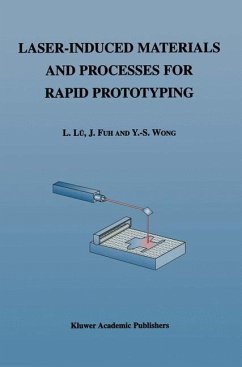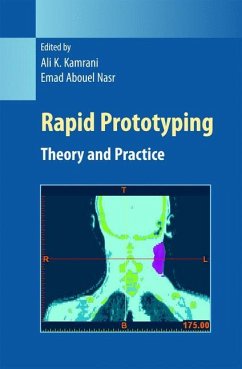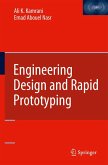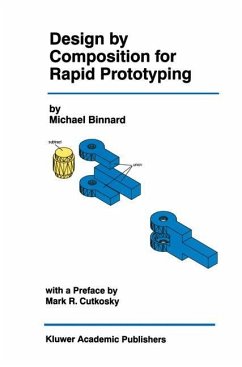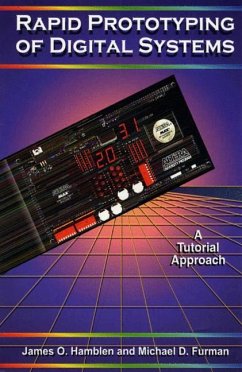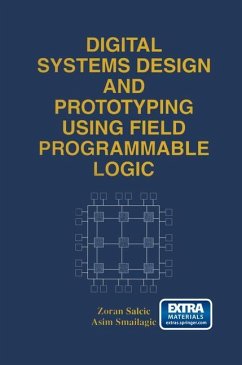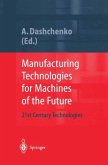The term rapid prototyping (RP) refers to a generic group of emerging technologies that enable very quick fabrication of engineering components primarily targeted for prototyping applications. With RP, very complex three dimensional parts or prototypes can be fabricated without the need of costly tooling and machining. This inevitably leads to much shorter design cycle time and lower cost of building a prototype. Its manifold benefits include significant productivity gains, cost saving, and shortened development time to introduce concept models. As such, RP technologies have attracted tremendous R&D interests from both academia and industry in the past decade. Many different processes and materials have been commercialized and used in industry primarily for the fabrication of physical prototypes. More recent interests in RP technologies are towards functional applications of the fabricated parts, such as in rapid tooling applications and replacements of damaged components. Many processes and materials have been commercialized but are yet to be able to fulfill the aforementioned functional requirements because of limited mechanical strengths of the fabricated parts.
Bitte wählen Sie Ihr Anliegen aus.
Rechnungen
Retourenschein anfordern
Bestellstatus
Storno

